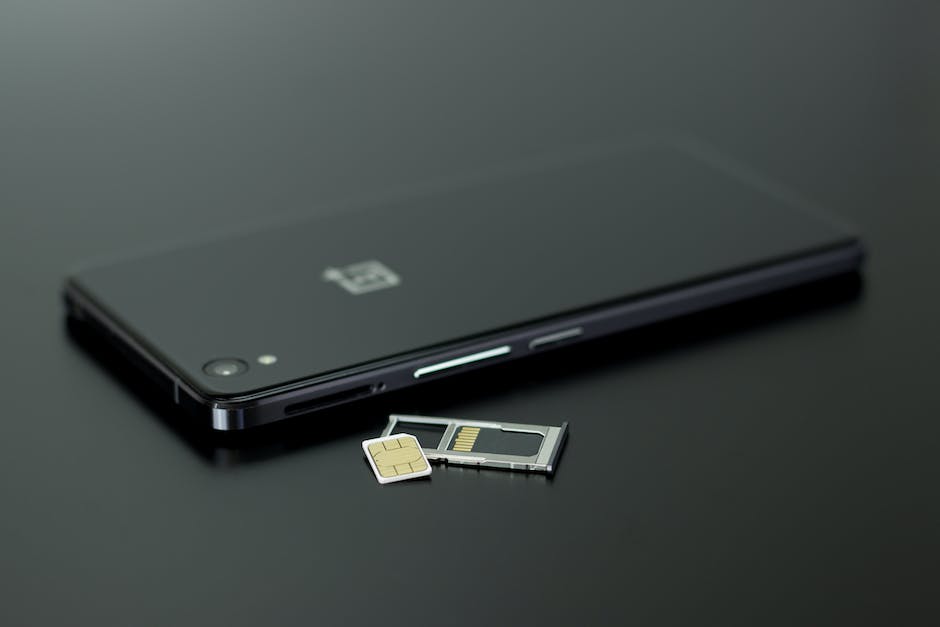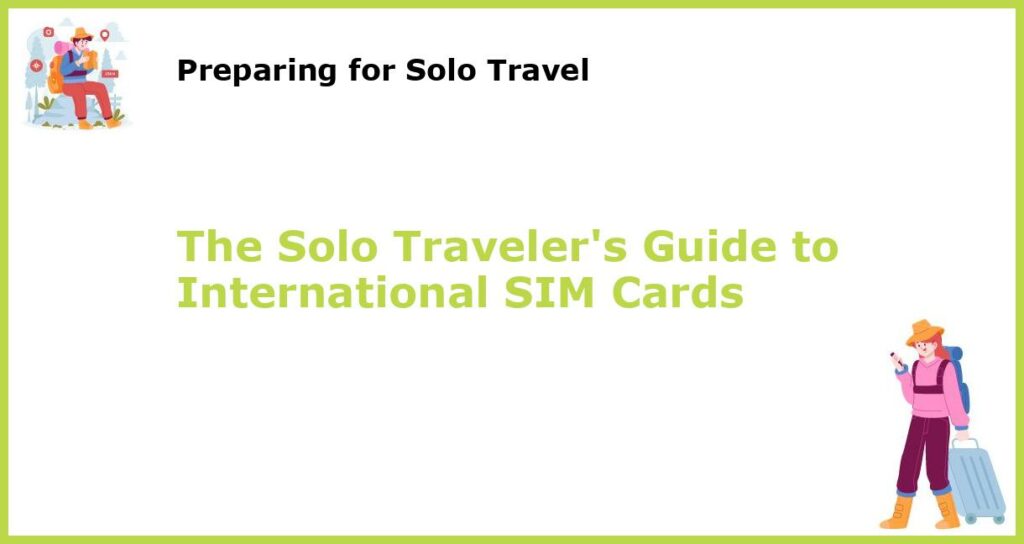Travelling solo can be a liberating experience, but it can also be overwhelming. With so many things to think about, one of the most important things you need to consider is how you’re going to stay connected. While it’s easy to assume that your domestic SIM card will work when you’re travelling, the reality is often very different. In this guide, we’ll take a closer look at international SIM cards and how they can help to keep you connected while travelling.
What is a SIM card?

A SIM card is a small, removable chip that you insert into your phone to connect to a cellular network. It stands for Subscriber Identity Module and contains all of the necessary information to connect to a network, including your phone number and account information.
While it might seem like a small thing, your SIM card is actually incredibly important. Without it, your phone won’t be able to connect to a network, which means you won’t be able to make calls, send messages or use the internet. While some phones allow you to use Wi-Fi without a SIM card, this is still not a reliable option when travelling.
If you’re travelling internationally, it’s important to know that your domestic SIM card may not work, which is where an international SIM card can come in handy.
Why do you need an international SIM card?

If you’re traveling internationally, your domestic SIM card may not work, or it may be expensive to use. Getting an international SIM card can save you money on roaming fees and allow you to use data and make calls in another country.
Roaming fees can be incredibly expensive, which is why it’s important to find a cheaper alternative. By switching to an international SIM card, you can avoid these fees and keep your costs under control. This is especially important if you plan to use your phone a lot while abroad.
How do you get an international SIM card?

You can usually purchase an international SIM card online or at an airport or travel kiosk. Some phone companies also offer international plans, although these can be expensive. Make sure to research different options and compare prices before deciding.
When it comes to getting an international SIM card, there are a few different options depending on where you’re travelling to. You can purchase your SIM card online before you go, or you can buy one when you arrive at your destination.
If you’re purchasing your SIM card online, there are a few things you’ll need to consider. Make sure you choose a reputable provider, and check what countries they offer coverage in. You’ll also need to provide some personal information, such as your name and address, when you make your purchase.
How do you activate an international SIM card?

Each SIM card will have its own activation process, but generally, you will need to insert the card into your phone and follow the instructions provided. You may also need to activate the card online or through customer service.
Activating your international SIM card is usually a very straightforward process. All you need to do is insert the SIM card into your phone, and follow the instructions provided. If you run into any problems, you can usually find help and support through the provider’s website, or by calling their customer service line.
One thing to keep in mind is that activation times can vary depending on the provider. Some cards may activate almost immediately, while others may take up to 24 hours.
How do you choose the right international SIM card?

Consider the countries you will be traveling to and what networks are available in those areas. Look for a SIM card that offers coverage in those areas and has reasonable prices for data and calls. You may also want to consider any additional features or benefits like free incoming calls or a high data allowance.
Choosing the right international SIM card is essential if you want to stay connected while travelling. There are a few things you should think about when making your decision, including:
- What countries will you be travelling to?
- Which networks operate in those countries?
- What kind of pricing do different providers offer?
- Are there any additional features or benefits that are important to you?
Once you’ve considered all of these factors, you should be able to make an informed choice and choose a SIM card that meets your needs.
What are the benefits of an international SIM card?

An international SIM card can save you money on roaming fees, allow you to use data and make calls in another country, and may offer better coverage than your domestic provider. Some cards also offer additional features like free incoming calls, making them a great choice for frequent travelers.
Some of the key benefits of using an international SIM card include:
- Avoiding expensive roaming fees
- Being able to use data and make calls in another country
- Getting better coverage than your domestic provider
- Taking advantage of additional features like free incoming calls
If you’re a frequent traveler and rely on your phone, an international SIM card is an essential investment.
What are the drawbacks of an international SIM card?

International SIM cards may not be compatible with all phones or networks and may have limited coverage in certain areas. Some cards also have hidden fees or require additional activation steps. Make sure to research your options and read the fine print before making a purchase.
While international SIM cards offer many benefits, there are a few drawbacks you should be aware of:
- Some cards may not be compatible with your phone or network
- Some areas may have limited coverage
- Some cards may have hidden fees or complex activation processes
By researching your options carefully, you can avoid these potential pitfalls and find a SIM card that works for you.
How do you use an international SIM card?

Once your international SIM card is activated, you can simply insert it into your phone and use it like you would with a domestic SIM card. Make sure to check your phone settings to ensure that roaming is turned off to avoid additional fees.
Using an international SIM card is very similar to using a domestic SIM card. Once your card is activated, simply insert it into your phone and you’re good to go. Make sure to double-check your phone settings to ensure that roaming is turned off, as this can lead to additional fees.
Are there any other options for staying connected while traveling?
You may also want to consider purchasing a portable Wi-Fi hotspot or using a messaging app like WhatsApp or Skype to make calls and send messages over Wi-Fi. Make sure to check with your mobile provider before traveling to see if there are any international plans available.
While international SIM cards are a great option for staying connected while traveling, they’re not the only option. Depending on your needs, you may also want to consider purchasing a portable Wi-Fi hotspot or using a messaging app like WhatsApp or Skype to make calls and send messages over Wi-Fi. If you’re unsure which option is right for you, speak to your mobile provider for advice and guidance.








 You might also be interested in those articles related to solo traveling
You might also be interested in those articles related to solo traveling